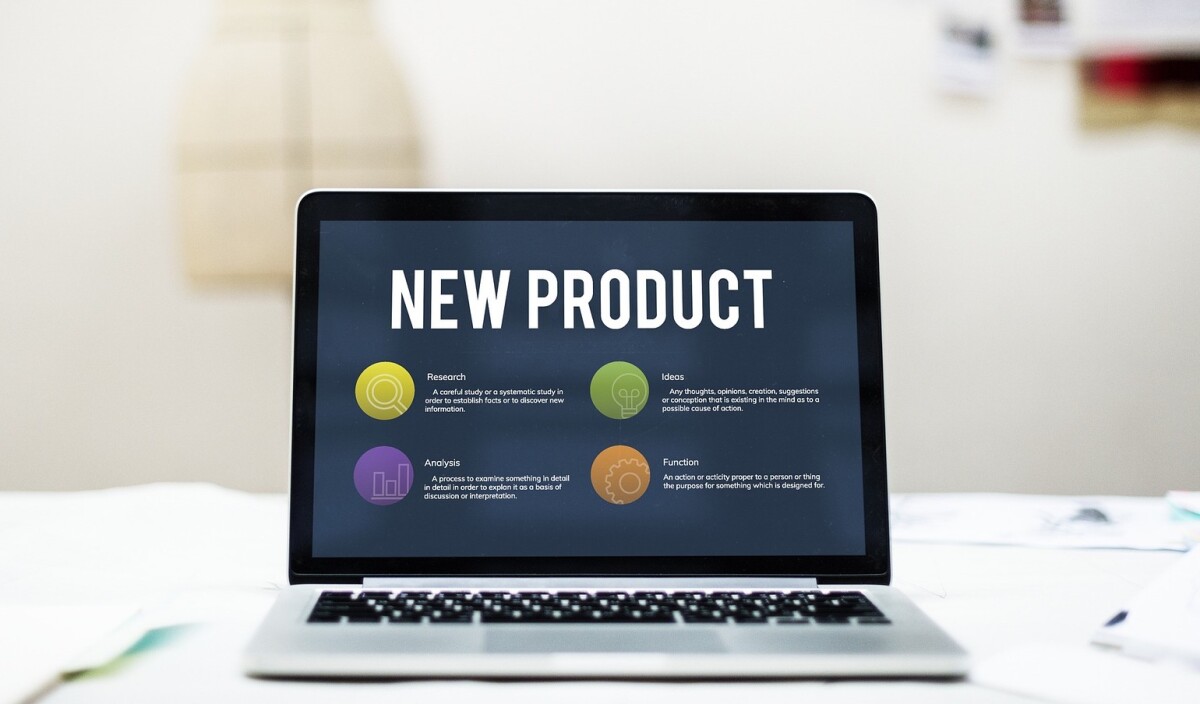Patent, Trademark and Copyright Basics

What is the difference between a patent, a trademark, and a copyright? When you have a new innovation or product idea it’s important to understand how best to protect your work. Patents, trademarks, and copyrights have very different purposes; their uses are often misunderstood.
Copyrights are used to protect original works of art or authorship, such as books, plays, essays, music, and paintings, whether or not they are published. You could use a copyright to protect an academic article you wrote or your photography, but it will only apply to your specific work. It will not stop others from writing their own article on the same topic or taking their own picture of the same scene. You are protecting your expression of a given subject, not the subject matter itself, although there are some protections against derivative work. Copyrights are registered with the Library of Congress, https://www.copyright.gov.
Trademarks (for products) and servicemarks (for services) are often thought of as logos but can be any word, name, symbol, or device used in trade that distinguishes the product or service from others. The purpose of the trademark is to avoid confusion in the marketplace. Companies like Apple rigorously protect trademarks like their signature apple with the bite taken out of it so consumers will have confidence that only true Apple products will carry that mark. Trademarks do not prevent others from manufacturing their own smartphones or laptops but it does prevent them from making those products appear to be manufactured by Apple. You can learn more about trademarks in this guide from the U.S. Patent and Trademark Office (USPTO) https://www.uspto.gov/sites/default/files/documents/BasicFacts.pdf.
A patent is your best protection for a new innovation. When you develop a new invention, whether it be a new product, a new process, or even a unique design for a product, a U.S. patent will protect your rights to exclude others from making, using, or selling your invention in the U.S. and from importing the invention into the U.S. from other parts of the world. A patent does not require you to actually manufacture or sell your innovation, but it does prohibit others from manufacturing or selling your idea without your permission. It is important to understand that the USPTO grants your patent but it does not defend your patent for you; you must have the resources to enforce the patent against infringement, which may require help from experts like Invaluable Inventions or an IP or patent attorney.
A product patent is known as a Utility Patent and per the USPTO statue, it can be granted for “any new and useful process, machine, manufacture, or composition of matter, or any new and useful improvement thereof.” The word “useful” is key – your patent application will need to describe an innovation that actually works. You cannot patent a general idea or just the suggestion of a product and you can’t patent laws of nature, physical phenomena, or abstract ideas. If you’d like to learn more about how Invaluable Inventions can help you get your innovations protected let me know or contact us at info@invaluableinventions.com.
